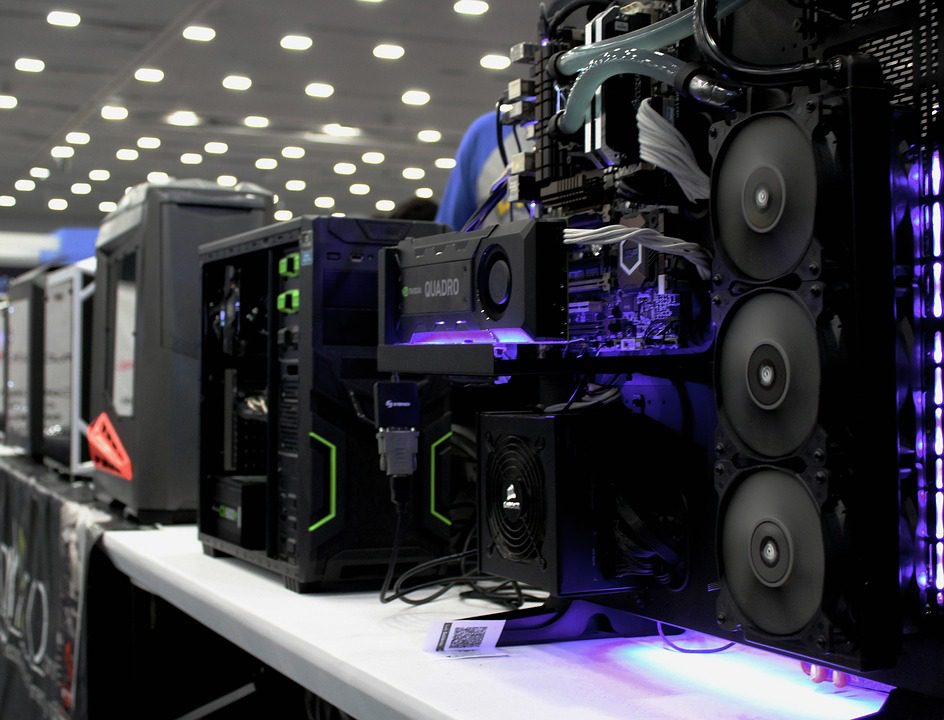Electronic equipment is built by using many components that are interlinked to form circuits. Electronic equipment is subdivided into passive, electro-dynamic, and active components. In the beginning, electronic components were huge compared to today’s mini versions. Old electronic components belong to the PTH, or pin through hole category. Each PTH component comes with a terminal that is inserted into the holes of the PCB and then welded on its opposite side.

(Pixabay / principe-sad)
A major improvement came with the introduction of surface mount technology (SMT) that allowed components to be mounted and welded on the same surface of the PCB without having to drill holes on the printed circuit. These types of components are called surface mount devices (SMD). One major advantage of SMD components is that they allow for automation, which facilitates quick assembly compared to PTH components. Some devices, however, including power semiconductors with heat sinks and transformers and other large elements, will not work with SMD technology.
The introduction of SMD technology was followed by miniaturization. Smaller components were produced, pushed by the demand for higher performance and lower costs. The precision of surface mount machines improved markedly to allow the increased used of small components. The technology behind ceramic capacitors and resistances has allowed the production of very small components that are invisible to the human eye.
The evolution of test processes gave rise to new components with less visible welds, called bottom termination components (BTC). They have balls, instead of terminals, on the bottom surface. Once the balls are welded, they are no longer visible to the human eye, thus requiring x-rays and other technology for inspection. Even small components that are not encapsulated allow direct mounting on the PCB, with a new kind of machine welding the wires from the silicon to the PCB pad. Another evolution in electronic components saves space by mounting one component on top of the other, as in the case of the package on package (POP).
Electronic components have evolved not only in response to consumer needs and demands but also for ecological reasons. Some electronic components were hazardous but became safer with the removal of lead terminals.
Electronic components will continue to evolve as technology marches on. All of these advances will serve to benefit the field of printed circuit board assembly as well as individual PCBA manufacturers. At EMS Solutions, we pride ourselves in staying on top of new technologies so we can offer the highest quality products possible.
